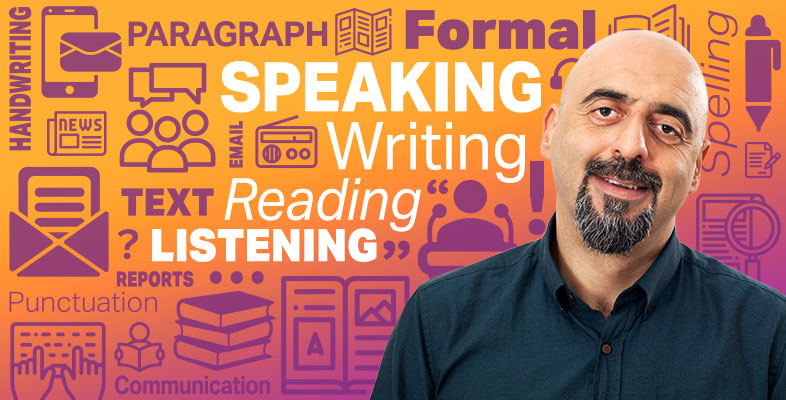4 Formal or informal?
There are many types of writing style but only two that you need to recognise now: formal and informal.
Formal: a style of writing in which standard English is used because you are writing to someone you don’t know or to whom you want to give a good impression.
Informal: a style of writing where choice of words and grammar tends to be familiar rather than formal. This is used when you know, or want to get to know, the person you are writing to.
Activity 26 Which is formal and which informal?
Which sentence would be found in a formal report and which in an informal discussion?
- They did a brilliant job, particularly considering what a mess things were in before.
- The work was completed two days ahead of schedule and achieved a Quality Control score of 95%.
Discussion
Sentence 1 is the sort of sentence you might expect to hear in a corridor. It is written in an informal, ‘spoken’ style.
Sentence 2 is the sort of sentence you might expect to read in a report. It is written in a formal, business-like style.
Activity 27 When to use formal language
Consider the following situations. Five involve spoken language and five involve written language. For each, select the style of language you think it would be best to use: formal, informal or semi-formal, i.e. somewhere between the two.
Discussion
Here is a summary of the answers.
| Situation | |
|---|---|
| Pub discussion about football. | Informal |
| Short presentation to a group of teenagers about sexual health. | Semi-formal |
| Conversation with a friend about a party you went to. | Informal |
| Description in a job interview of how you handle difficult situations. | Formal |
| Email to a friend about arrangements for a holiday. | Semi-formal |
| Incident report at work. | Formal |
| Discussion with friends about music. | Informal |
| Letter to train operator complaining about cancelled services. | Formal |
| Telephone message from a client to your manager. | Formal |
| Text message to your partner to meet you after work. | Informal |
If you disagreed with some of the answers, reconsider your understanding of formality and informality. Remember that communicating information clearly requires at least a degree of formality.
Some people think formal language is full of long, unfamiliar words and complicated grammar and is generally – and often unnecessarily – hard to understand. This is not the case. Good formal English is English that conveys information in clear, simple language.
Activity 28 Formal and informal sentences
Look at the following sentences and for each, decide whether it is in a formal or informal style.
Hint: Remember, formal English gives precise and generally factual information.
Discussion
In summary, formal and informal styles of writing are very different and serve two different purposes. Formal writing should be used in a professional setting, for example at work, and contains formal language. Informal writing is more likely to be used when writing to friends or relatives and contains informal language.
Once you have decided if your writing will be formal or informal, you need to think about the tone of your writing. Tone refers to the attitude that your language conveys and applies to both speaking and writing.
Imagine you bought an item from an online retailer and it has stopped working. You want to return it and you email customer services, asking what you should do. Compare the attitudes expressed in the following two responses.
- ‘Thank you for contacting us. We apologise for the faulty item and the inconvenience it has caused. Please return it with proof of purchase to the address below.’
- ‘Hiya, that’s too bad but no time to help at the mo. Boss is giving me too much to do. Wish I didn’t work here. Try next week. Soz!’
The first response is respectful and helpful. The tone is quite formal and polite. The second is disrespectful and unhelpful. The tone is informal and not appropriate for a customer service department.
The second response also expresses personal dissatisfaction. It is unprofessional. How the staff member feels about their job is nothing to do with the customer. Being professional means putting personal feelings to one side when they have no direct bearing on an interaction.
Formal writing generally requires a polite, respectful tone – especially when you are expressing dissatisfaction. People will always pay more favourable attention to a message that is polite and respectful.
In this section you have looked at:
- the differences between formal and informal writing
- identifying different contexts in which formal writing is needed.

